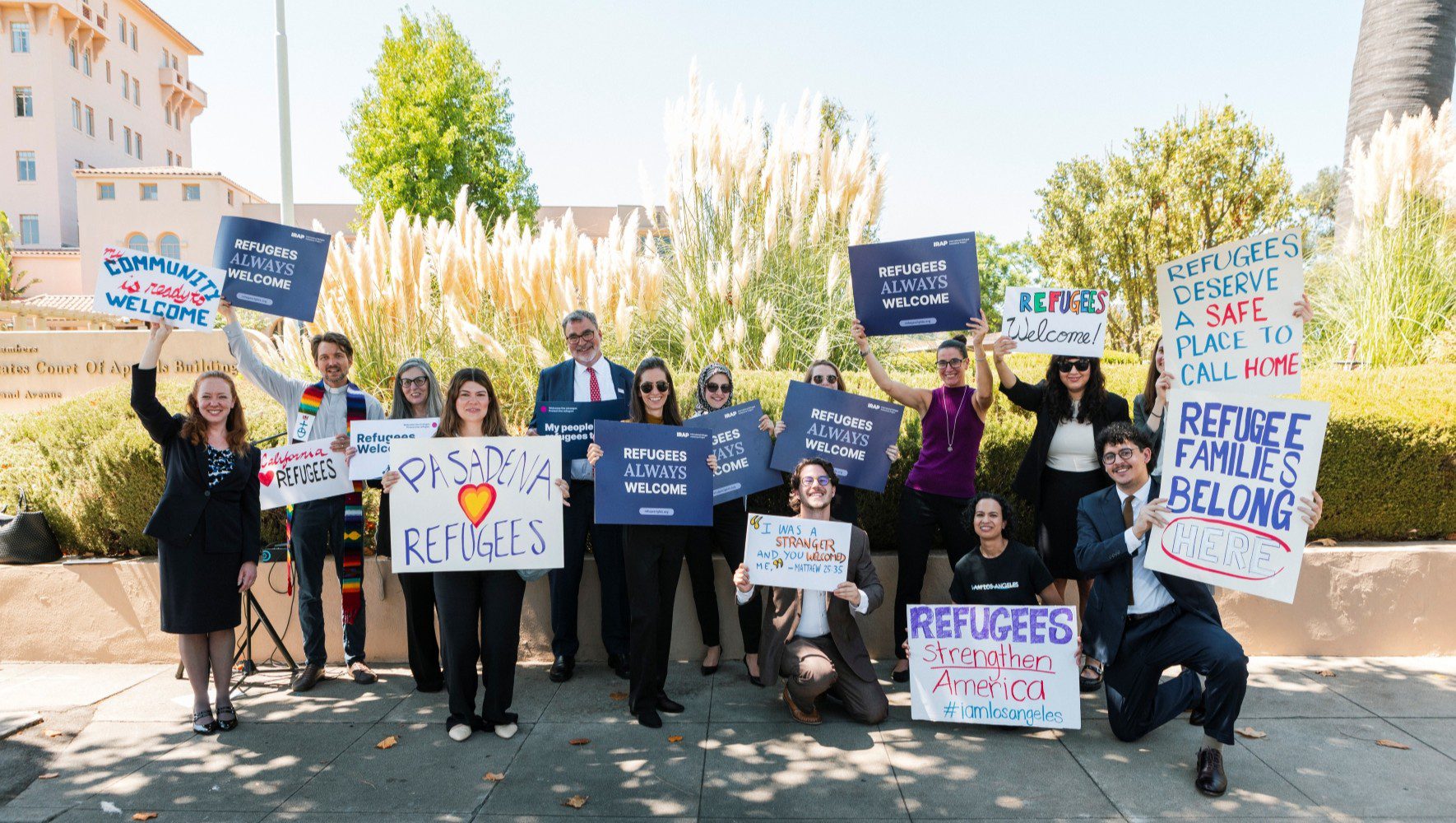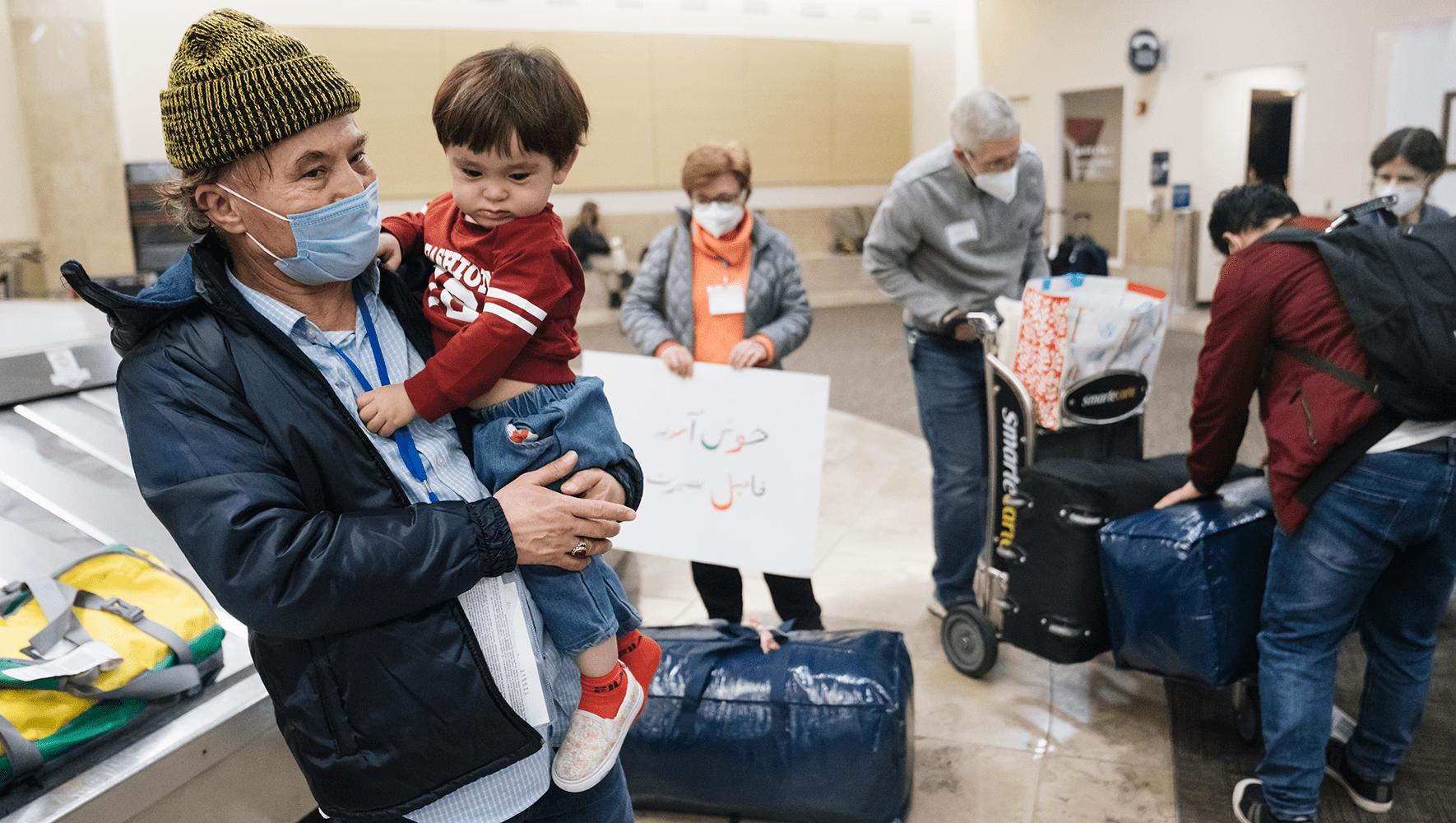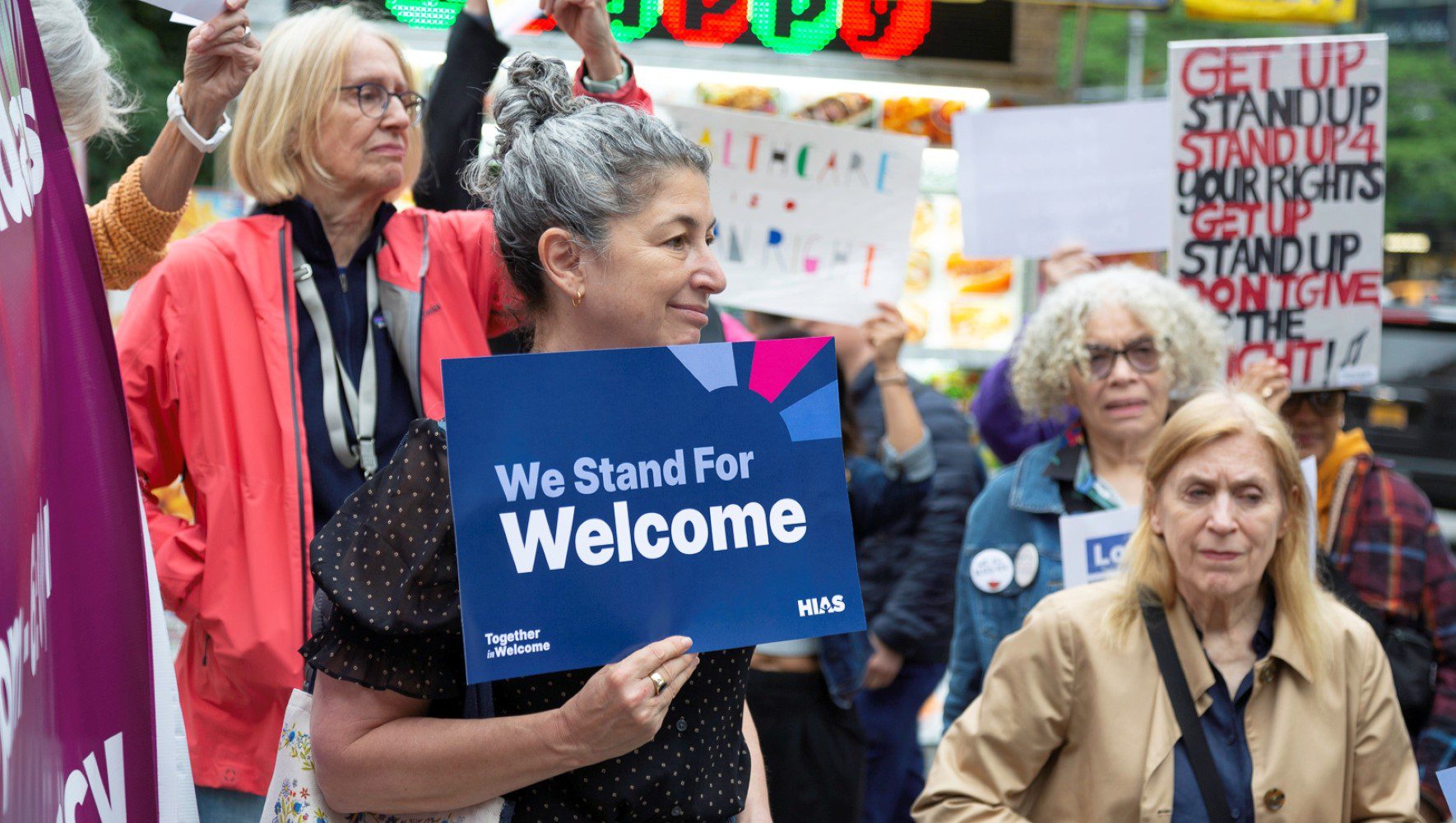Opinion: Resettling Refugees and Maintaining Security Are Not Mutually Exclusive
Nov 12, 2015
Resettling refugees and maintaining security are not mutually exclusive, HIAS President and CEO Mark Hetfield writes in a November 11, 2015 op-ed for The Hill's Congress Blog:
The Refugees Admissions Program "was originally intended to serve as a rescue mechanism, to bring refugees out of danger to a place where they can live in freedom with dignity," Hetfield writes. "Today, however, it generally takes over 18 months for a refugee to be resettled to the U.S. once he or she is accepted for processing."
"Security is something the program has always taken seriously, and rightly so. What is too often lost in the rhetoric around refugees these days, however, is that safety isn’t only a concern for those of us who already live here. Less than 1 percent of all refugees are ever resettled to third countries like the U.S. and Canada. The vast majority will spend their lives in the countries and camps to which they initially fled. Only the most vulnerable are even considered for a shot at permanent resettlement," Hetfield continues. "When refugees are referred to the U.S., it is because they are not safe where they are. Our government has designated these individuals as the most desperately in need of protection. It is a cruel irony that these same people are also the ones being falsely cited by some political leaders as the people we need to be protected from. If we abandon our proud tradition of welcoming refugees now, we are abandoning not only a legacy of moral leadership but real human beings who are seeking safety and protection."
Read the full op-ed below, or click here to view the original post on The Hill's Congress Blog.
Resettling Refugees and Maintaining Security Are Not Mutually Exclusive
By Mark Hetfield, HIAS
We are now confronting the most horrific global refugee crisis since the Second World War, with 60 million people displaced across the globe. In October alone, almost 219,000 people arrived in Europe in search of safety – roughly the same number for all of last year. Twenty percent of those displaced are Syrian, fleeing a conflict that has already taken more than 240,000 lives. Although the U.S. has provided $4.5 billion in assistance since the crisis began, it has underutilized the Refugees Admissions Program as a tool to respond to the most vulnerable victims of the conflict.
This program was originally intended to serve as a rescue mechanism, to bring refugees out of danger to a place where they can live in freedom with dignity. Today, however, it generally takes over 18 months for a refugee to be resettled to the U.S. once he or she is accepted for processing. In particular, the length of the security clearance process has limited the United States’ ability to use resettlement, a key humanitarian tool, to respond to this crisis effectively. Rather than showing leadership in resolving this crisis, the United States has essentially told Germany, Sweden, Lebanon, Turkey and Jordan that the problem is theirs to solve.
Additionally, some policy makers in Washington have become fixated on protecting America by offering resettlement to even fewer refugees. Some assert that the clearance process for refugees, particularly Syrians, is inadequate and risks admitting terrorists. This belief lacks a fundamental understanding of the current system, which subjects every refugee applicant to extensive security checks, rechecks, and intensive interviewing by Homeland Security officers, often stranding very vulnerable refugees who pose no threat at all to the United States in the process.
It doesn’t have to be this way. Over the years, the United States has admitted millions of refugees who came from countries with governments or powerful opposition groups that were ideologically opposed to the American way of life. As is the case with today’s refugee crisis, the refugees considered for resettlement then were not terrorists – in fact, they were fleeing terror. Refugees fleeing Syria today are leaving Syria for the most part because they refused to fight for Assad or join ISIS.
In order to confirm this on a case-by-case basis, the United States has extensive security measures in place to distinguish between those fleeing violence and those seeking to commit it. Before refugees arrive in the United States, they must pass multiple security screenings. United Nations and U.S. government staff interview refugee applicants multiple times, in person. Refugee applicants are fingerprinted and photographed, and their biometric data and biographic details are processed through the systems of several U.S. government agencies.
If the refugee clears all safety checks, trained immigration officers from the Department of Homeland Security travel abroad to conduct detailed, in-person interviews. DHS also has the power of discretionary denial, which means that even if a case clears all security checks, the interviewing officer can deny the case based on the interview alone. Additionally, refugees must be medically cleared to travel so they do not pose a health risk to U.S. citizens.
I have been working in the refugee resettlement field for more than 20 years, and the process today is more intense than I have ever seen it. Refugees are subjected to far more scrutiny than any other population entering the U.S., such as the millions of tourists, business people and students who enter the country each year. As U.N. High Commissioner for Refugees Antonio Guterres recently noted, if someone wanted to do the U.S. harm, “the most stupid thing would be to apply for resettlement,” because the verification process is so incredibly thorough.
Security is something the program has always taken seriously, and rightly so. What is too often lost in the rhetoric around refugees these days, however, is that safety isn’t only a concern for those of us who already live here. Less than 1 percent of all refugees are ever resettled to third countries like the U.S. and Canada. The vast majority will spend their lives in the countries and camps to which they initially fled. Only the most vulnerable are even considered for a shot at permanent resettlement.
When refugees are referred to the U.S., it is because they are not safe where they are. Our government has designated these individuals as the most desperately in need of protection. It is a cruel irony that these same people are also the ones being falsely cited by some political leaders as the people we need to be protected from. If we abandon our proud tradition of welcoming refugees now, we are abandoning not only a legacy of moral leadership but real human beings who are seeking safety and protection.
The goal of our refugee resettlement program is to offer refuge to those seeking freedom from terror and tyranny. Security is an important part of the process, but so is compassion. We need both, in equal measure.


